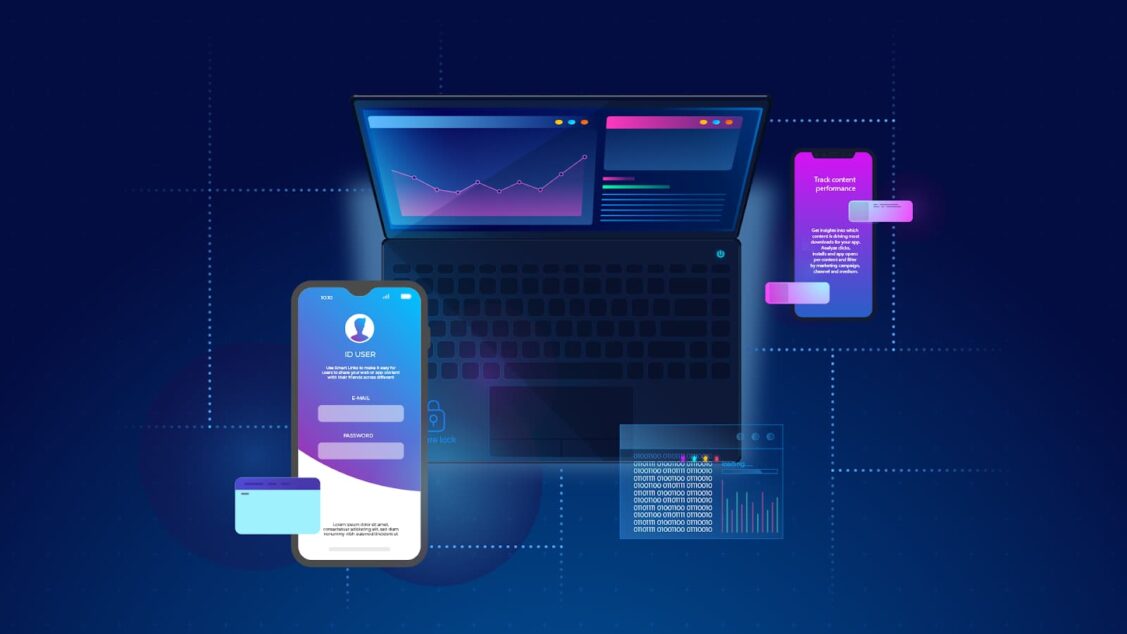The intensive growth of the market of educational technologies (EdTech) causes experts to talk about truly revolutionary changes in the field of education. Even before
Read MoreSoftware
All About Software and Little bite more
What is the importance of software architecture?
The requirements of modern software are becoming more and more complex as users expect more and more from applications. The capabilities of simple standalone desktop applications are no longer sufficient for most commercial and business situations. In a world of advanced connectivity, applications must interact with other applications and services, as well as run in different environments, such as the cloud, and on portable devices. Common monolithic architectures of the past have been replaced by component-based, service-oriented software that uses platforms, operating systems, host applications and networks to implement functions that were unknown just a few years ago.
These challenges affect not only the architecture, but also the deployment, maintenance, and administration of software. The total cost of software ownership now consists largely of costs incurred after deployment.
An application with a well-designed architecture will provide the lowest total cost of ownership by reducing the cost and time required to deploy the application, make it work, update to meet changing requirements, and troubleshoot problems. Administration and user support will also be simplified.
Successful software must also meet several important criteria. It must ensure security so that the application and its data are protected from malicious attacks and accidental errors. It must be resilient and reliable to minimize failures and associated costs.
It should operate within the necessary parameters to meet user requirements, such as maximum response time or a certain workload. It should be easy to support to reduce administration and support costs and expandable enough to include inevitable changes and upgrades that will be required over time.
There are some tradeoffs associated with all of these factors. For example, implementing the most secure mechanisms using sophisticated encryption will affect performance. Implementing multiple configuration settings and updates can make deployment and administration difficult. In addition, the more complex the architecture, the more expensive it is to implement. The right architecture should balance these factors to produce the optimal result for a given scenario.
























